Here, we'll get more insight into psychological pricing, the most prevalent ways it's employed, and the advantages and disadvantages of leveraging it.
Psychological pricing is a method — or collection of methods — structured around how customers perceive price points and value. It's a process that considers those trends and tendencies and poses creative ways to play off them.
There are many different methods made to suit various companies better than others. Your business can benefit greatly from finding one that fits your products and promotional preferences. So it's well worth understanding how some of these methods work.
1. Bracketing Pricing Strategy
Bracketing is a psychological pricing strategy that convinces buyers to choose an option at a specific price. This strategy supports businesses that sell products with different attributes and price points. Of all those options, there's a single product you want most buyers to choose, and the other prices will sway prospective buyers into the "right" choice.
To lead buyers to your preferred product, you offer three choices — a lower-quality option, your preferred median option, and a premium option. The key here is to offer your lower option at a bargain and premium option at a significantly higher price point.
The logic here rests on extremeness aversion — the human tendency to avoid extreme options in favor of intermediate ones.
Bracketing Pricing Strategy Example
Let's say you're pricing a portable gaming console. You offer three separate iterations — lite, standard, and pro — at different price points.
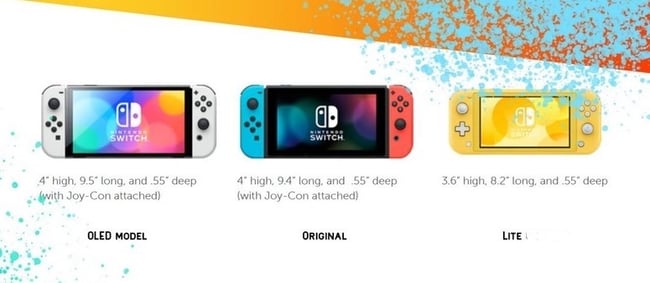
- Switch Lite: $200
- Standard Switch: $300
- Switch OLED: $360
You're looking to make the standard option as appealing as possible. The lite option has fewer features than the standard model, and the pro option doesn't offer a considerably different experience than the tier below it.
For this strategy, you'd price the lite option slightly lower than the standard and the Pro model considerably higher than its median counterpart. The idea is that customers won't see the lower-quality option as a considerable bargain and will see the higher-priced option as having frivolous features that aren't necessarily worth the higher price tag.
By bracketing your standard option, you're creating the impression that it's the most sensible, valuable choice.
2. Charm Pricing Strategy
Charm pricing is a psychological pricing strategy where businesses charge "odd prices" to demonstrate perceived value to customers. That usually means ending a price with the number nine.
Charm Pricing Strategy Example
MIT and the University of Chicago experimented with pricing in retail. They offered the same piece of clothing at three different prices — $34, $39, and $44.
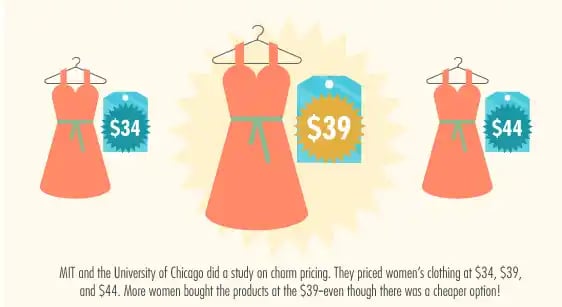
They found that the product sold best at $39 — even better than the option that was $5 cheaper. Another study found that consumer goods priced with ".99" endings were consistently seen as being considerably less expensive than those that ended in ".00." The results of both experiments are a testament to the power of "the magic nine."
Charm pricing is one of the most prominent psychological pricing strategies businesses employ — it's easy to do and incredibly effective.
3. Decoy Pricing Strategy
Decoy pricing relies on changing customer preferences between two options when given a similar third option. It may seem confusing, but it's easy to understand once you see it in practice.
Decoy Pricing Strategy Example
Let's say there are two size options for popcorn buckets at a movie theater — a small option for $3 and a large option for $7.
A disproportionate number of customers will favor the small option because it's the better deal. But if you were to introduce a medium option for $6.50, the $7 would suddenly seem more valuable. Customers will choose the large bucket because they think they're getting a substantial upgrade for just $0.50.
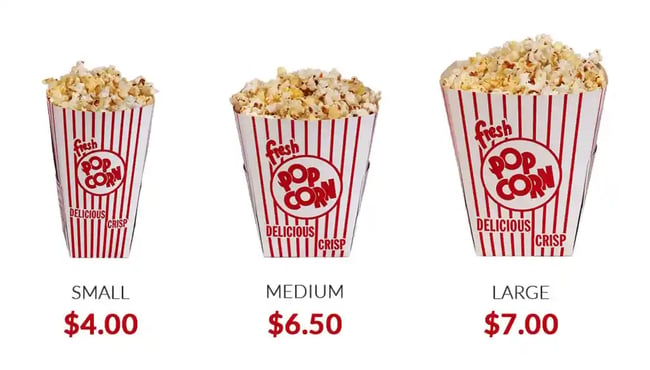
In this case, the medium option would be considered a "decoy." The objective in this scenario was to sell as many large popcorn tubs as possible. The medium option's sole purpose was to frame the large popcorn tub as being more reasonably priced than it was.
4. Innumeracy Pricing Strategy
Innumeracy is a psychological strategy that appeals to customers that don't recognize or understand basic mathematical principles as they apply to everyday life. It sounds mean, but it's a strategy often employed in retail that relies on rephrasing or presenting a deal more desirably.
Innumeracy Pricing Strategy Example
Say you're looking at two deals. One says, "Buy one get one free," the other says, "Two items 50% off." Which of the two sounds better to you? If you're like most customers, you'd probably say the first — even though both pose the same value.
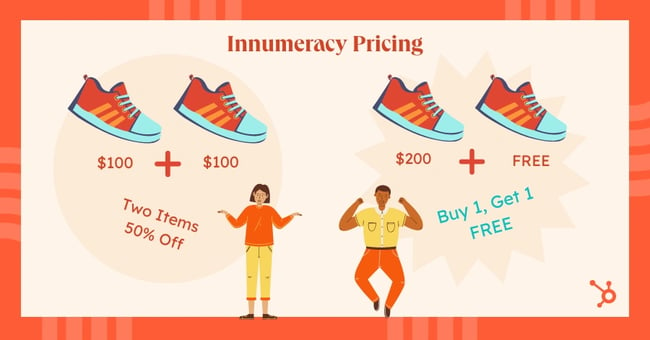
The innumeracy pricing strategy plays on customers' lack of motivation, inclination, and ability to apply fundamental math principles in everyday life.
Taking fractions and percentages out of the promotion of flash sales, general discounts, and other deals is a straightforward, effective psychological pricing strategy that businesses should always consider employing.
Advantages and Disadvantages of Psychological Pricing
Psychological Pricing Advantages
1. It yields little impact on profit margins.
Psychological pricing methods require little effort or meaningful price reductions to see higher returns. For instance, dropping a price from $10.00 to $9.99 has virtually no impact on your profit margins but can increase demand through its psychological impact.
2. Streamlining how you price offers a more cohesive buyer experience.
These methods can streamline and enhance the purchasing experience for your customers. Almost every psychological pricing method is centered around creating the impression of a good deal. By leveraging these methods, you can sell at price points that put customers at ease and work well for your business.
3. It can capture more attention when done right.
A well-crafted psychological pricing strategy can also capture consumer attention for similar reasons. If your methods can create a solid perception of value, potential customers will take notice. Everyone loves a good deal, and an effective psychological pricing strategy lets the world know you're offering one.
Psychological Pricing Disadvantages
Psychological pricing might seem like a surefire home run for your business, but it relies on the idea that customers operate according to collective behavior patterns. That assumption can pose some disadvantages.
1. It can make customers feel manipulated.
Customers seeing through your psychological pricing strategy and feeling manipulated is a risk you often run with these tactics. They're often more rational and savvy than some businesses give them credit for. The best way to avoid this pitfall is to be reasonable with your methods.
2. It can cause customer churn instead of loyalty.
If you price specifically to push a deal — that's not in your customers' best interest. A psychological pricing strategy rooted in greediness or shifty intentions might lose credibility with customers you can't get back.
3. It's a short-sighted solution.
Psychological pricing can be a great starting point for a business, but once you gain an audience, they'll expect better deals and offerings to keep them loyal. Businesses are built on recurring revenue from customer happiness.
Price Your Product with Intention
Psychological pricing is a concept that can take on many forms, and it takes time to identify the strategy that works best for your business. Understanding the principles behind it and trying to identify methods that align with your sales process, sales methodology, and company values are worth the effort.
Editor's Note: This article was originally published in May 2020 and has been updated for comprehensiveness.
Pricing Strategy
.png?width=112&height=112&name=Image%20Hackathon%20%E2%80%93%20Vertical%20(45).png)

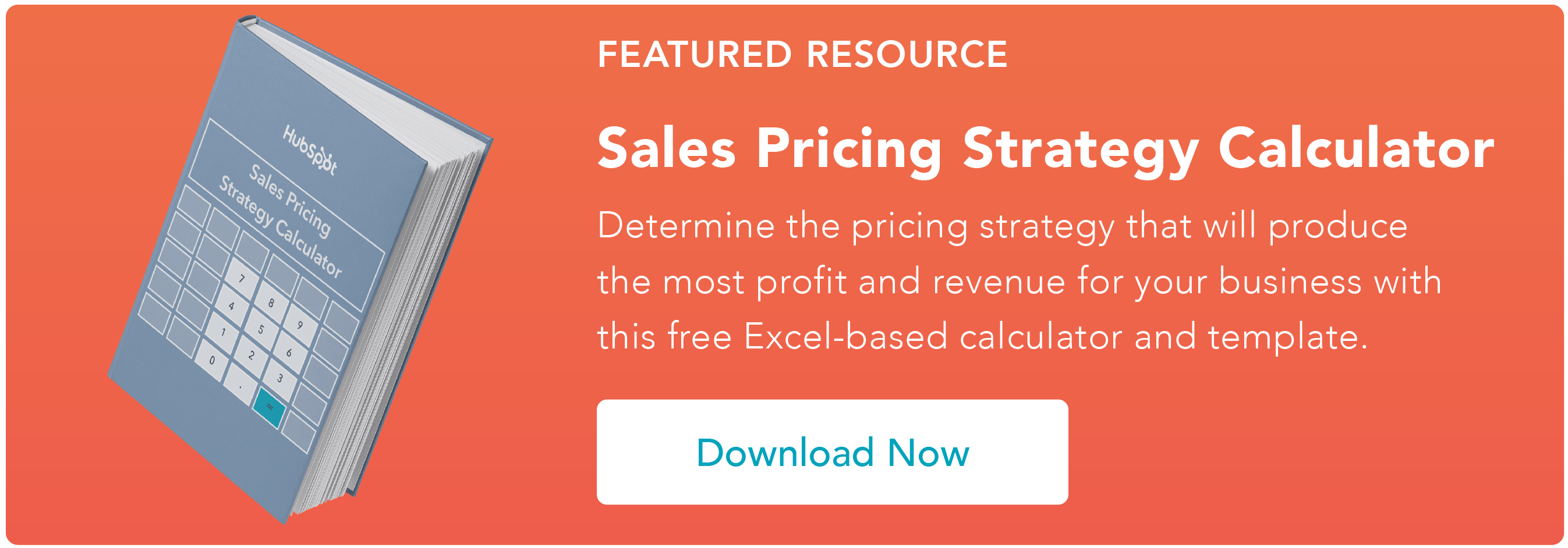




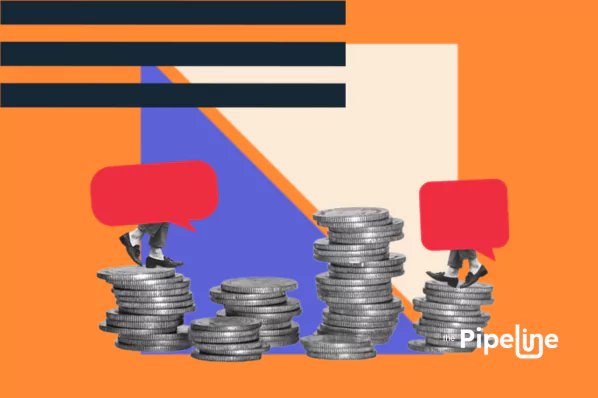

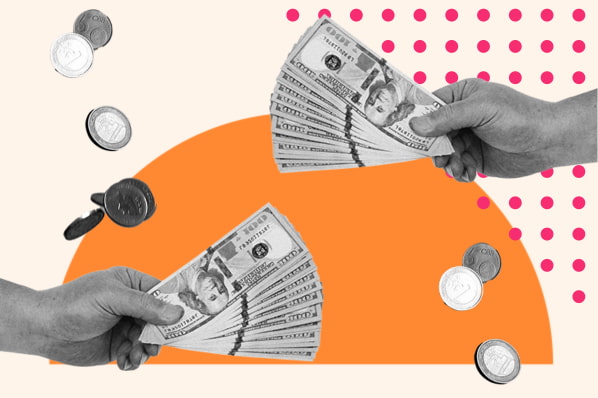
![Price Skimming: All You Need To Know [+ Pricing Calculator]](https://53.fs1.hubspotusercontent-na1.net/hubfs/53/price-skimming-strategy.jpg)
.jpg)
![B2B Pricing Models & Strategies [+ Pros and Cons of Each]](https://53.fs1.hubspotusercontent-na1.net/hubfs/53/b2b-pricing-models-and-strategies.jpg)